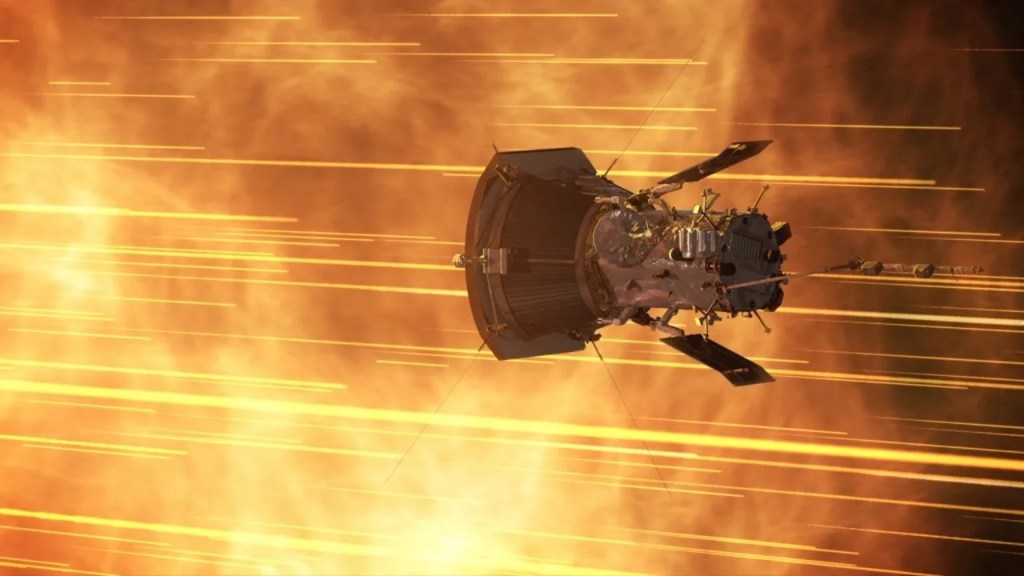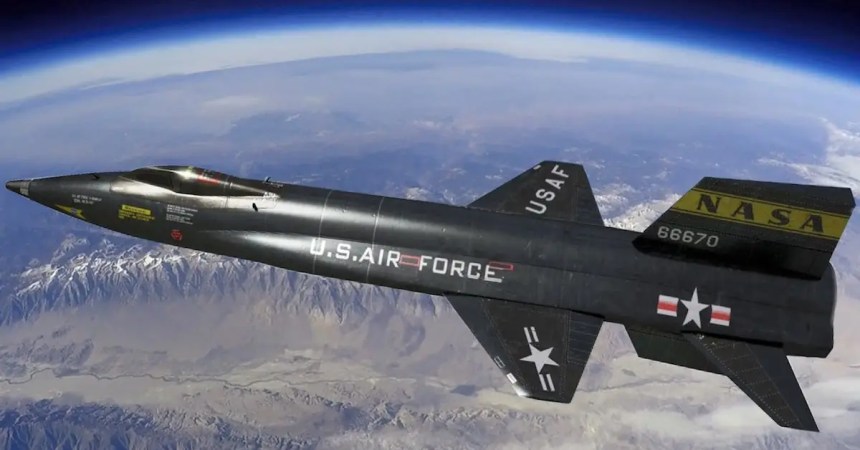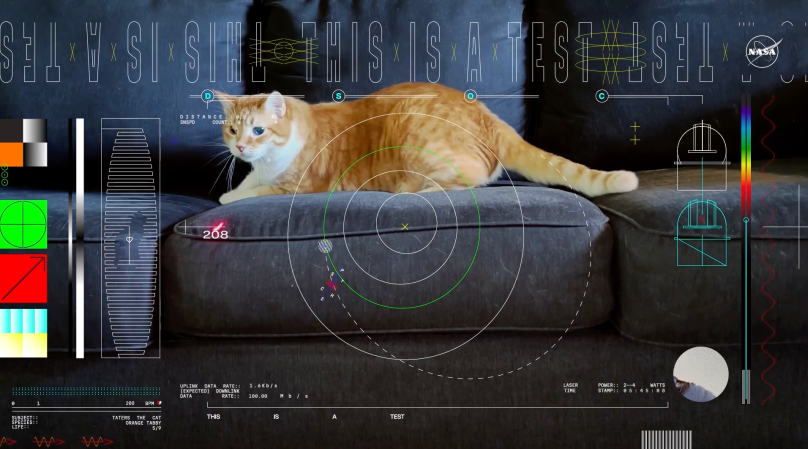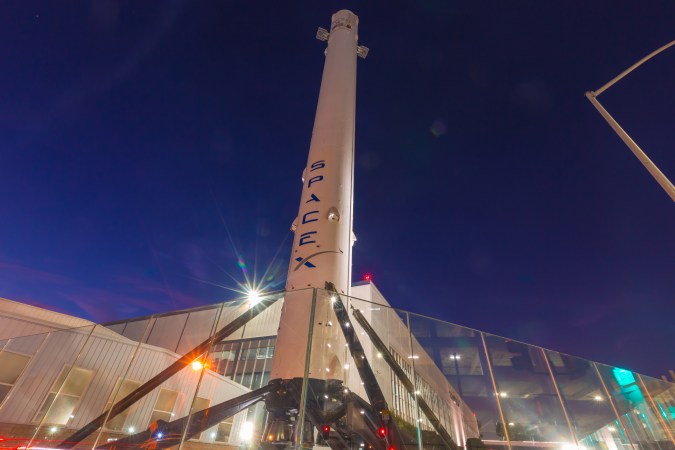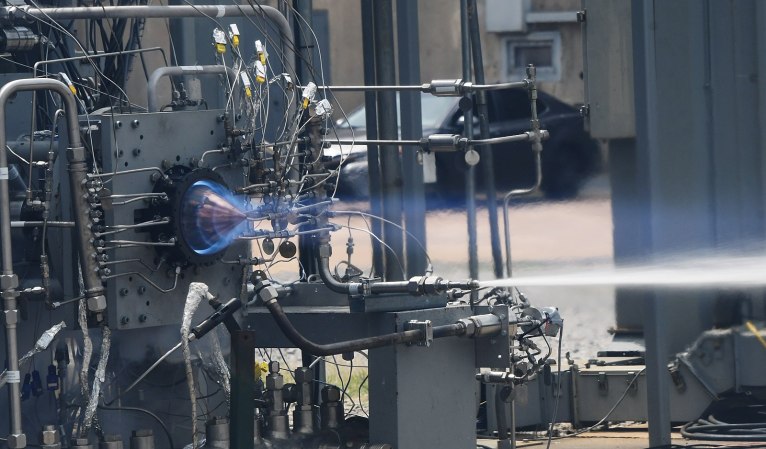Humans feel the need for speed — without a doubt. From the first time we sit behind the wheel to choosing which roller coasters we prioritize at Magic Mountain, speed is always a primary factor. But where most of us have to stop our fiending for a speed rush when the “Escape from Krypton” ride ends, others get to go out and design objects and vehicles that go far faster than we can imagine. Remember as you read this list of fastest man-made objects, an M4 carbine fires a round at 2,025 miles per hour.
Here are the 8 fastest man-made objects ever
NASA X-43 – 7,000 mph

The X-43 A is the fastest aircraft ever made. Unmanned, it was designed to test air-breathing engine technology at speeds above Mach 5, though the aircraft could reach speeds up to Mach 10. NASA wanted to use the information collected from its 3 X-43s to design airframes with larger payloads and, eventually, reusable rockets.
Space Shuttles, 17,500 mph

In order for anything in low-earth orbit to stay in low-earth orbit, it has to be traveling at least 17,500 mph. The shuttles’ external tank carries more than 500,000 gallons of liquid oxygen and liquid hydrogen, which are mixed and burned as fuel for the three main engines.
Apollo 10 Capsule – 24,791 mph

The Apollo 10 mission of May 1969 saw the fastest manned craft ever. Apollo 10 was the moon landing’s dry run, simulating all the events required for a lunar landing. The men on board were all Air Force, Marines, and Navy astronauts.
From here on out, the vehicles are unmanned.
Stardust – 28,856 mph

Anything designed to collect samples of a comet has to be designed for speed. Stardust was designed to catch up to a comet, collect a sample, and then return to that sample to Earth — which it did in 2006. The capsule achieved the fastest speed of any man-made object returning to Earth’s atmosphere — Mach 36.
Voyager 1 – 38,610 mph

Voyager also has the distinction of being the most traveled man-made object ever. Launched in 1977, it reached interstellar-goddamn-space in 2013. It covered more than 322 million miles a year.
An iron manhole cover – 125,000 mph
During a nuclear bomb test called Operation Plumbbob, Robert Brownlee was tasked with designing a test for limiting nuclear fallout from an underground explosion. A device was placed in a deep pit, capped with a four-inch, iron manhole.

Obviously, the cap popped right off during the explosion, but Brownlee wanted to test the velocity of the expulsed cap. The test was filmed using a camera that captured one image per millisecond and only one frame captured the iron cap.
Brownlee calculated its velocity at 125,000 mph — and that it likely reached space, but no one knows for sure. They never found it.
Helios Satellites – 157,078 mph
The first of two satellites designed to study the sun. Also designed in the 1970s, the two Helios satellites broke all spacecraft speed records and flew closer to the sun than even the planet Mercury. It only took the probes two years to get to the sun and they transmitted information about the heliosphere until 1985.
Parker Solar Probe – 394,736 mph

On September 21, 2023, the unmatched Parker Solar Probe smashed its own record, previously set in November 2021. According to NASA, “Set up by a gravity-assist flyby of Venus on Aug. 21, the close approach (known as perihelion) occurred at 7:28 p.m. EDT, with Parker Solar Probe moving 394,736 miles per hour (635,266 kilometers per hour) around the Sun – another record. The milestone also marked the midway point in the mission’s 17th solar encounter, which began Sept. 22.” To give you a little perspective, that’s fast enough to travel from New York to Tokyo in less than a minute.


